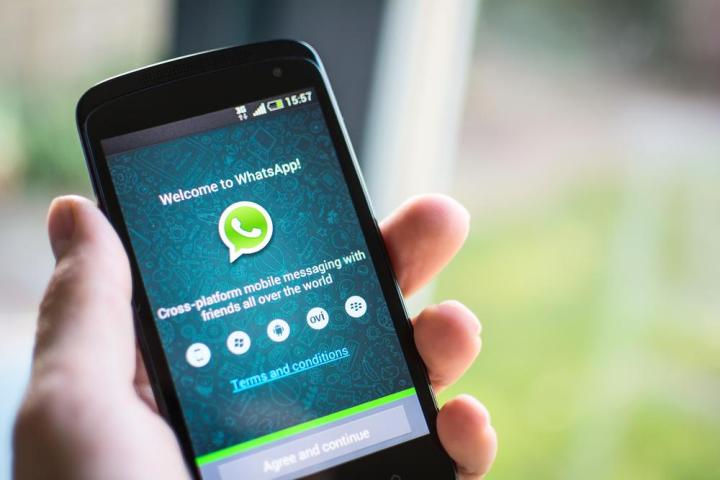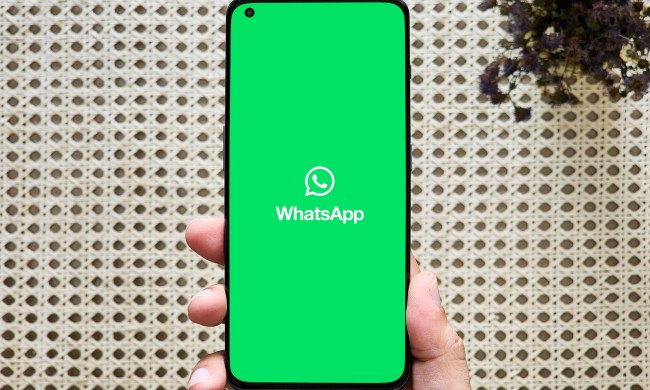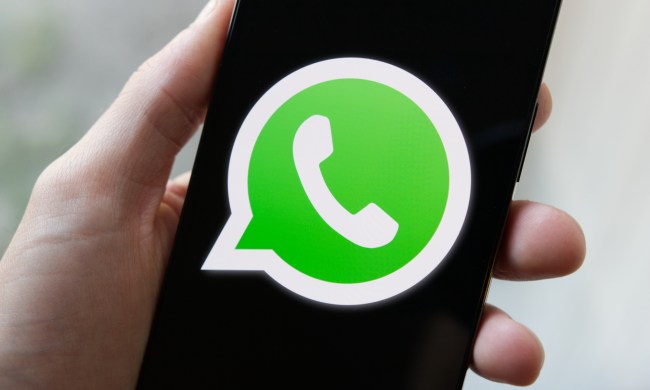
“WhatsApp users around the world experienced a brief outage today that has now been resolved. We apologize for the inconvenience,” the spokesperson stated.
However, Down Detector still shows that several areas are having service problems and recent comments on the site indicate that some users are still having issues. Earlier on Sunday, a London-based WhatsApp user said that the service had been down since 6 p.m GMT and was still not resolved.
Beyond the service issues, several commenters mentioned that they were having trouble receiving verification codes, even though WhatsApp was once again operational in their region. It remains to be seen whether these problems are isolated incidents or part of a wider trend. WhatsApp said that the service issues were resolved, but it is possible that the messaging service may have missed something.
This is hardly the first time that WhatsApp has experienced such problems. In May of this year, users on the East Coast of the United States reported that they were unable to use the app, though it was not a universal problem. WhatsApp reportedly resolved the issue within a few hours.
While fairly popular in the U.S., WhatsApp is particularly popular in other parts of the world and has earned a reputation for quality and reliability. That makes today’s news particularly bad for the company, since it is likely that many people were relying on the app to plan News Years celebrations and coordinate with friends.
Service issues aside, 2017 has been a pretty good year for WhatsApp. The messenger service has seen a growth in its user base, as well as the unveiling of several new features and services. One particularly neat feature is the ability to take back unwanted messages.


